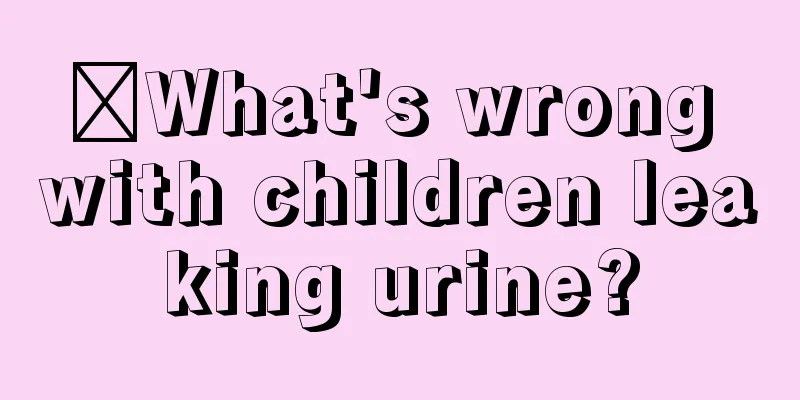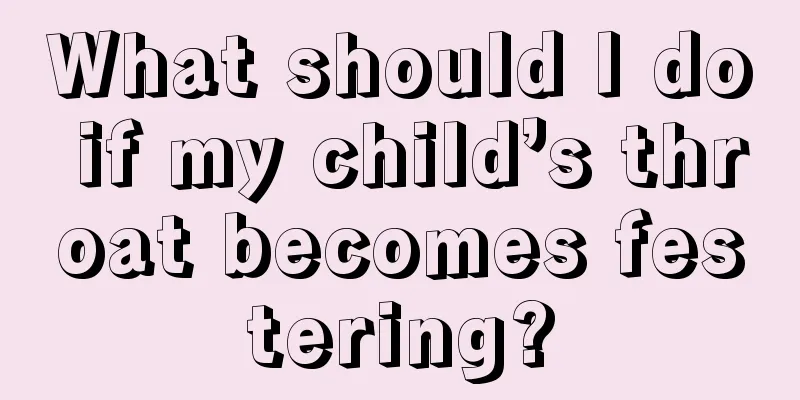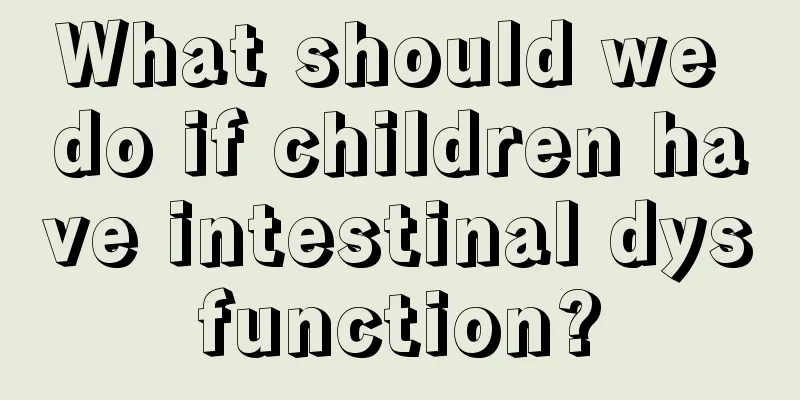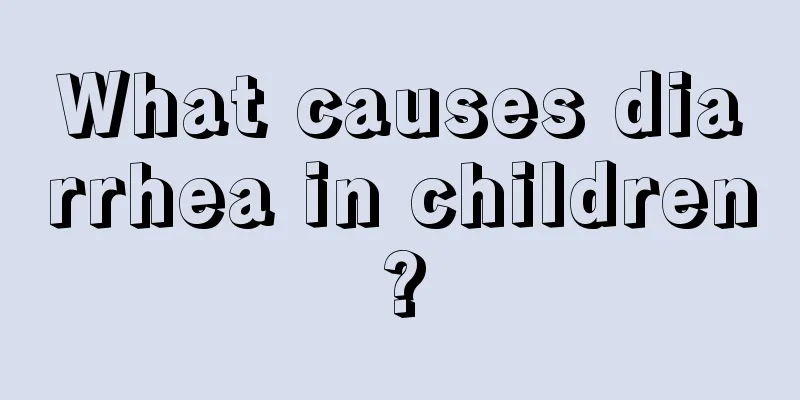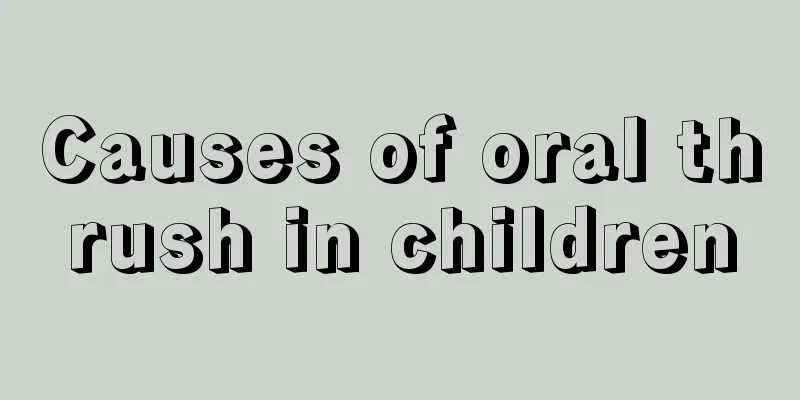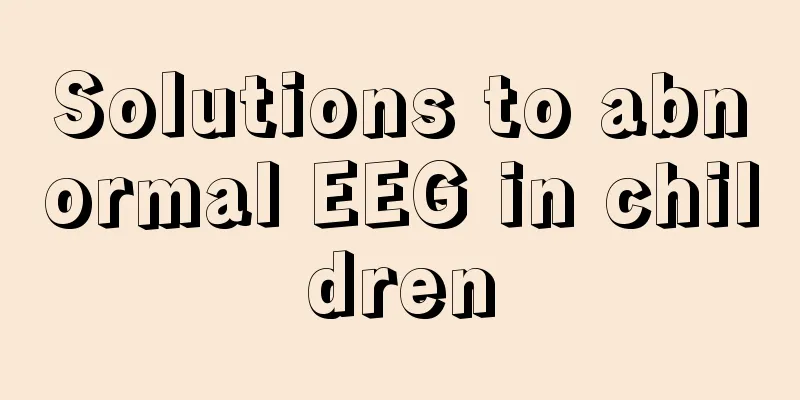Language training methods for children with cerebral palsy
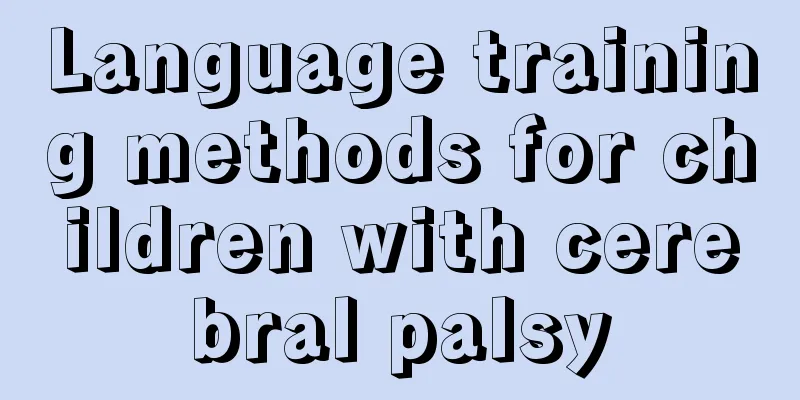
|
Cerebral palsy is a common problem among children. This problem is most likely caused by the pregnant woman's failure to take good care of herself during pregnancy or by genetic reasons. Cerebral palsy is also a disease that requires persistent treatment and rehabilitation training, and therefore also requires long-term support from parents. So, how should children with cerebral palsy receive language training? Let me introduce the specific method to you below! 1. Control abnormal movements of the whole body Children with cerebral palsy have abnormal muscle tone, so it is difficult for them to control their body movements and postures. Children with strong muscle tension type cerebral palsy often have abnormal whole body movements due to some small movements, and it is difficult to separate the movements properly. For example, when they first start practicing pronunciation, they often have abnormal facial expressions or even whole body twitching, which affects their breathing and pronunciation, making the sound short and unclear. Children with low muscle tension type cerebral palsy often lower their heads and bend their backs, so that their mouths cannot be fully opened and their chests are also in a state of oppression, making it difficult to talk about pronunciation skills. Therefore, the effective control of the whole body state of children with cerebral palsy is the premise and foundation of language training. In order to effectively control abnormal posture, it is necessary to start training with the large motor muscles of the head, neck, and shoulders, and gradually transition to fine movements such as the jaw, lips, and tongue. Before training, the psychological anxiety of children with cerebral palsy must be eliminated first, especially those with strong muscle tension type cerebral palsy, otherwise the effect will not be obvious. 2. Articulation organ training Due to abnormal oral muscle tension and abnormal whole-body movements, children with cerebral palsy cannot flexibly control their articulatory organs, lips, tongue, etc., which seriously affects their phonation. Therefore, the training of articulatory organs should be strengthened. The training of oral movements should start with the eating function, and the correct sucking, chewing and swallowing skills of children with cerebral palsy should be trained by eating, so as to increase the control of the lower jaw, lips and tongue. The specific methods are as follows: 1. Breathing training: blowing feathers, windmills, toy trumpets, whistles, balloons, etc. The equipment used for practice should be increased from small to large, and from light to heavy. 2. Tongue training: Use children's favorite lollipops, ice cream, etc., and let them lick them with their tongues. This can train the tongue to be flexible and increase the motor function of facial muscles and tongue. At the same time, teachers can also compile some tongue gymnastics to train children. 3. Sucking training: First use a short and thick tube to suck the drink that the child likes in the cup, which is easy for students to suck; then use a long and thin tube to suck the drink in the bottle, gradually increasing the difficulty of training. This method can quickly enhance students' breathing ability. 4. Chewing training: The chewing action requires the participation of all the articulation organs in the mouth. This is the most primitive and effective method to train the articulation organs. Give students hard-to-chew foods to practice with, such as sweet potato chips. 3. Pronunciation training When conducting occurrence training, we should abandon the traditional method of practicing initials and finals first and then practicing words and sentences. We should start with onomatopoeia and more commonly used words, such as dad, mom, etc. When training, you must maintain correct posture, provide normal muscle tension, and breathe deeply and slowly. First, practice through games or singing to help children with cerebral palsy relax their nerves and adjust their muscle tone to the best state. It is best to start vocal training with onomatopoeia, because onomatopoeia is interesting and easy to pronounce. Choose the most common sounds heard in the surrounding environment to practice, such as car sounds, puppy barking, etc., and then gradually practice words, phrases and sentences. When practicing sentences, it is best to choose children's songs with simpler lyrics, so that they can practice while singing and practice happily in a happy atmosphere. |
<<: What to do if a child's hand is injured
>>: Blue on both sides of the child's nose
Recommend
Treatment of cough and fever in children
What should we do if a young child has a cough an...
What should I do if my baby has a sore throat?
Babies are very prone to various types of disease...
How long is it best for newborns to be exposed to the sun?
The arrival of a baby makes many people very happ...
Children's height development chart
Babies have a normal height development chart fro...
What are the manifestations of mental retardation in babies?
Every year, some mentally retarded babies are bor...
What to do if your child has a fever and refuses to take medicine
A child's body is still in the development st...
How to choose the height of baby pillow
Many mothers think that babies do not need pillow...
What complementary food is better for babies with diarrhea?
Nowadays, people always have some health problems...
How to treat mycoplasma pneumonia in babies
Mycoplasma pneumonia in babies is a common and re...
At what age do girls usually stop growing taller?
For girls, if they have a tall figure, they will ...
Lymph nodes on the neck of a child
We all know that the neck is the most prone place...
What to do if the newborn's blood oxygen saturation is low
When using some medicines, it will be written tha...
How to increase children's appetite
What parents worry about most is their children. ...
Disadvantages of breastfeeding for more than two years old
The elders say that it is enough for babies to dr...
What to do if your child has a severe cough
In autumn and winter, the temperature difference ...

